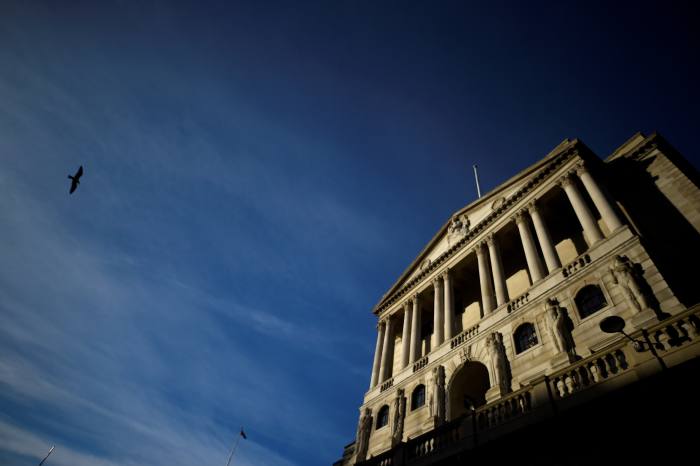
The Bank of England's rate hike to 2.25 per cent and confirmation of quantitative tightening has helped to foster an increasingly attractive environment for fixed-income investors, particularly from a yield perspective, according to Quilter's Hinesh Patel.
The portfolio manager at Quilter Investors said the recent rate hikes, coupled with the country's economic and inflation outlooks, meant there was increasing opportunity in fixed income for diversification and income generation.
Today (Thursday September 22) the BoE raised rates by 0.5 percentage points for the second month in a row, but this was below market expectations of a 0.75 percentage points rise, especially after seeing such a hike in the US the day before.
Patel said the economic environment was shaping up to one in which inflation could slow in the near term and economic output could rapidly deteriorate.
However, he said he expected the new government's fiscal policies - possible tax cuts and an energy price guarantee - to add to inflationary pressure in the medium term.
Meanwhile, the Bank is continuing with its quantitative tightening programme, which sees gilts previously purchased by the central bank sold to the open market. This typically raises yields and lowers bond prices.
Patel said: "The Bank of England is hiking rates into an already slowing growth and forward inflation profile.
"A terminal rate (the point at which central bank officials think they can stop hiking interest rates) of above 4 per cent has already been priced into markets.
"The supply/demand dynamics are a risk in the short-term, but we are seeing increasing opportunity in fixed income from an income yield, traditional diversification perspective.
"Should rate cuts come down the road, then the scope for capital gains is also improving.
"For investors, this has now produced one of the most prospectively attractive set-ups for fixed income assets in at least a decade."
Others were not so sure. Ed Hutchings, head of rates at Aviva Investors, said he expected gilt yields and sterling to remain "somewhat unloved" for now.
"With financial markets at the margin expecting a hike of 0.75 per cent, the decision to do 0.50 per cent but to begin quantitative tightening in October feels somewhat more of a balanced outcome for financial markets.
"However, given the backdrop of fiscal tailwinds, strong employment data and inflation yet to fall, I would expect both gilt yields and sterling to remain somewhat unloved for the foreseeable," he said.
The Fed's hike of 0.75 percentage points to a funds target rate of between 3 and 3.25 per cent yesterday had pushed sterling to its weakest level against the dollar since 1985. It has since regained slightly, hovering at just above $1.13 this afternoon.
The UK two-year Treasury surged to 3.55 per cent in the hours after today's announcement, while the 10-year gilt had risen to 3.46 per cent by mid afternoon, flattening the yield curve.
"With the Bank itself saying in its notes that there was a 'material risk' of persistent domestic price and wage inflation, even though the energy price cap will bring down headline inflation, bond investors concluded that there could be plenty more rate hikes to come," said Sam Benstead, deputy collectives editor at Interactive Investor.





